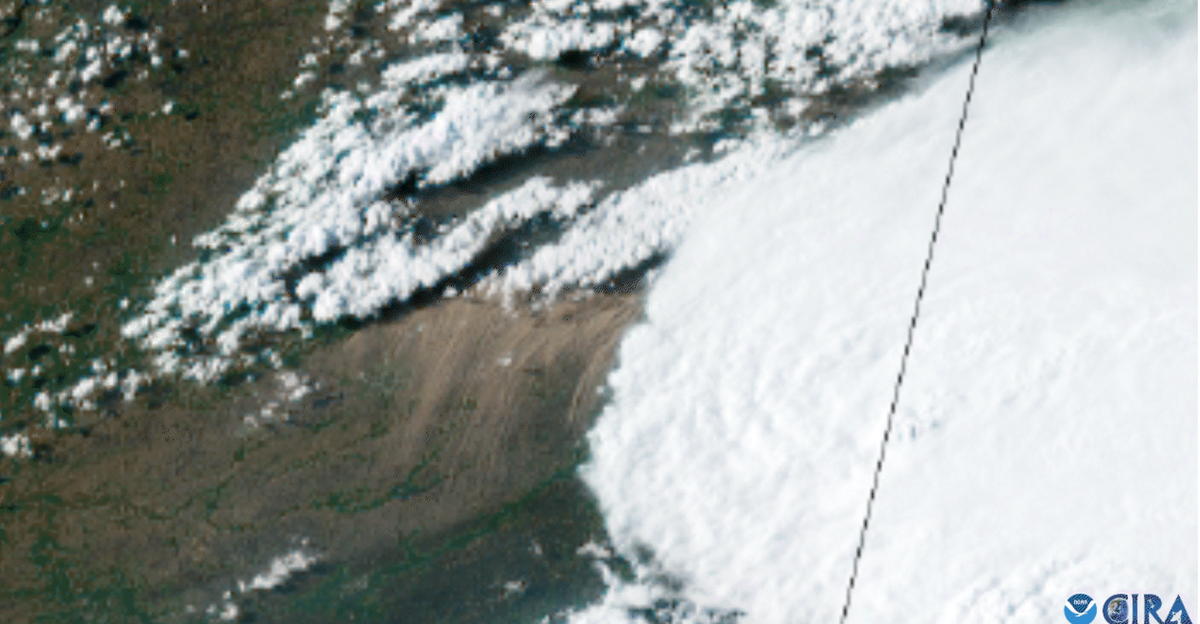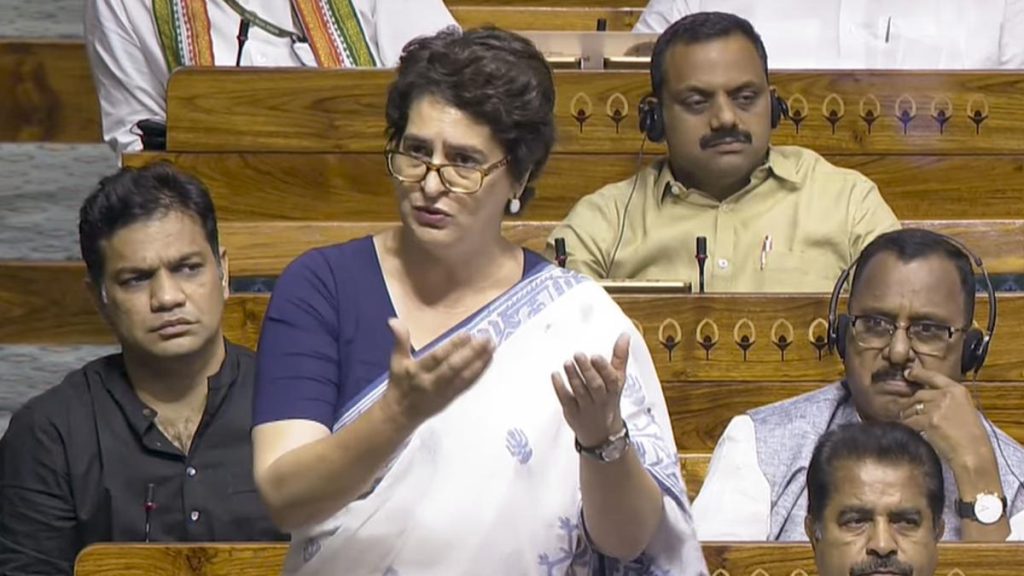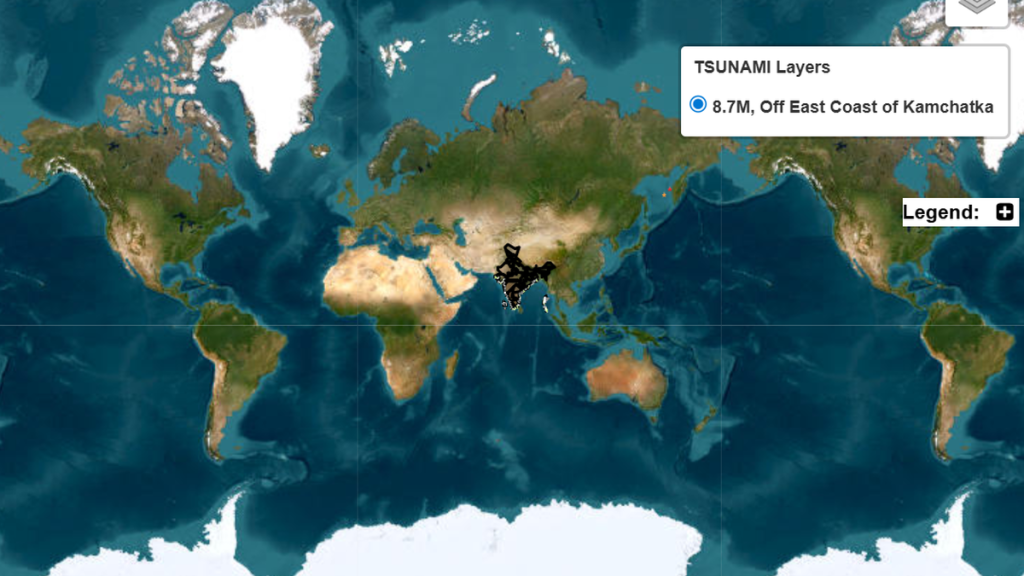Now Reading: Chicago Endures Century-Strong Dust Storm: A Rare Phenomenon Captured in Photos
-
01
Chicago Endures Century-Strong Dust Storm: A Rare Phenomenon Captured in Photos
Chicago Endures Century-Strong Dust Storm: A Rare Phenomenon Captured in Photos

Fast Summary
- A massive dust storm struck Chicago and parts of the U.S. Midwest on May 16, 2025.
- the event was captured by NOAA’s GOES East satellite positioned at an altitude of 22,236 miles (35,785 kilometers).
- Originating from severe thunderstorms in central Illinois,strong winds kicked up dust from dry farmland,forming a large dust cloud behind the thunderstorm’s front edge.
- Wind speeds during the storm exceeded 60 mph (97 kph), and visibility dropped close to zero at several points.
- The National Weather Service issued four Dust Storm Warnings due to widespread blowing dust and winds reaching at least 20 mph (32 kph).
- Dust storms are rare in Chicago; this level of intensity was last matched during the mid-1930s Dust Bowl era.
Image captions: NOAA’s GOES East satellite imagery showing views of the May 16 dust storm over Chicago.
!Dust Storm Image
!Dust Cloud Over City
Indian Opinion Analysis
The unusual occurrence of a powerful dust storm affecting metropolitan areas like Chicago highlights growing concerns about climate variability and extreme weather events globally. While such phenomena are rare in regions with abundant rainfall or high humidity like northern Illinois, their sporadic emergence might signal shifting climatic patterns valuable for ongoing research.
India can draw lessons from advanced atmospheric monitoring systems such as NOAA’s GOES satellites,which provide real-time data crucial for disaster management and early warnings during extreme events like cyclones or drought-driven sandstorms common in Indian arid zones. With rising instances of localized environmental crises due to erratic monsoon behavior or heatwaves across India, strengthening observational infrastructure could be pivotal for mitigating risks.
By studying international incidents like this through collaborative models or research programs facilitated by global agencies including NOAA, India may further reinforce its ability to anticipate and respond effectively to similar occurrences domestically-while also contributing knowledge toward addressing broader global climactic challenges.
























